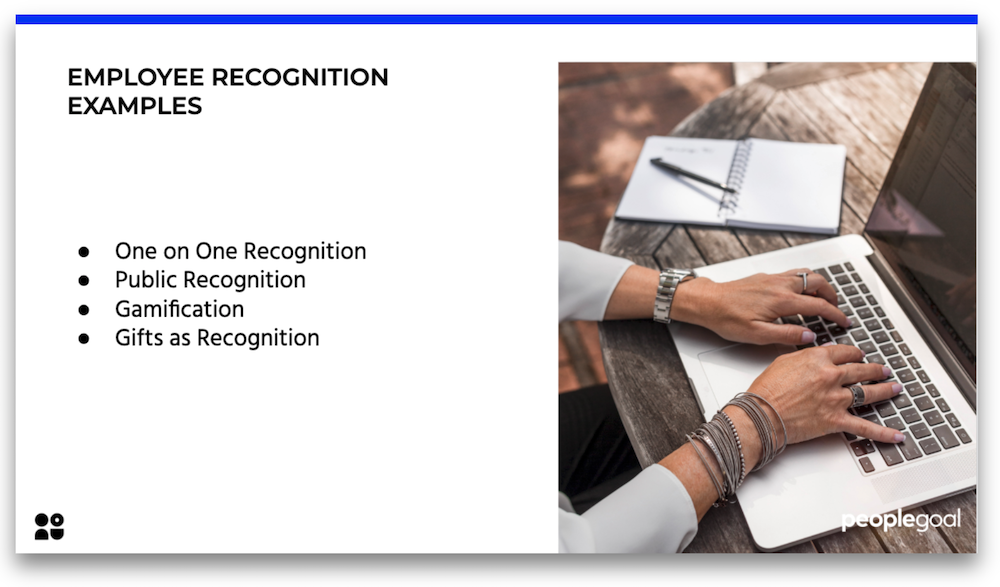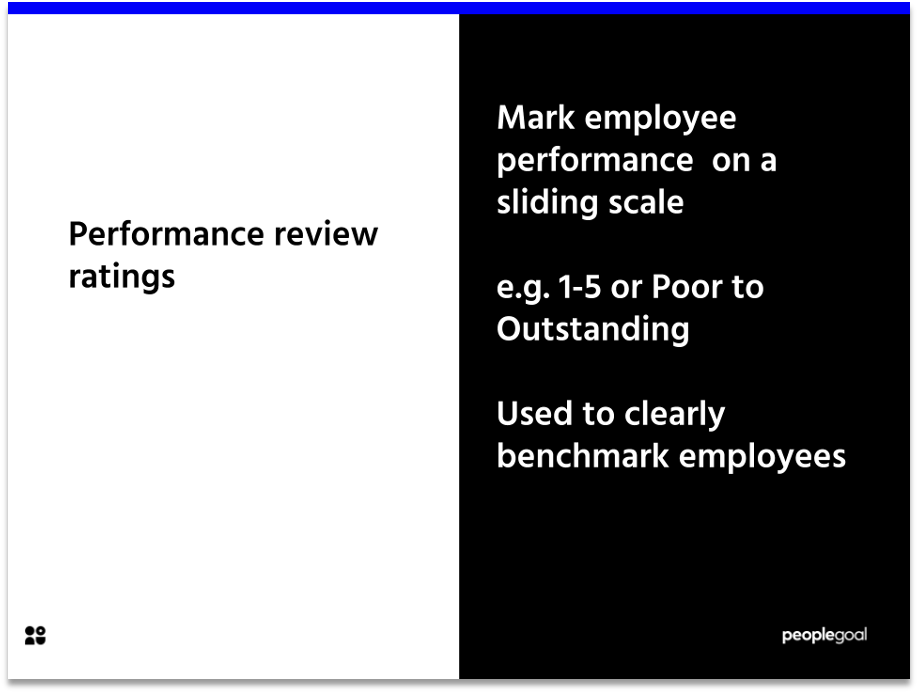A company’s people embody its values, creativity and culture. Team members direct growth. It is the task of HR teams to maximize this growth by creating a positive work environment.
HR also needs to observe changes in what motivates people and adapt to them. Millennials have grown up using technology to make life more efficient. HR efforts need to engage this group, who already comprise a large proportion of the workforce. Conversely, paper-heavy methods can turn crucial practices like performance reviews and pulse surveys into tedious burdens.
HR software helps human resources professionals streamline their processes. It enables you to collect the information you need to boost employee experience.
What makes for a positive employee experience?
Employee experience is the way we consider an employee’s journey through a company. Rather than being an external measure, EX tries to see what the company is like through a particular employee’s eyes.
We should refer to this with the caveat that every employee is different. There is no single strategy that can create a great employee experience for all in one fell swoop.
HR professionals are life-cycle experts – charting employee experience from onboarding, through performance reviews, promotion and finally exit interviews. All this clearly requires extensive documentation, attention to detail and careful planning.
Paper can’t keep up: The performance review case study
In the past, diligent HR teams compiled this information manually, in ceiling-high filing cabinets. This clearly poses limitations. Performance reviews are conventionally completed annually. As the papers stack up, companies lack time and resources to implement a more thorough review strategy.
But now the demands of the workforce are changing. According to Fast Company, millennials are more likely to feel ‘blindsided’ by conventional annual reviews. They have grown up with technology that provides instant connectivity, and thrive when communication is open and responsive. A yearly appraisal that is more of a check-box than a route to self-development is unappealing.
Employees want to know how they can improve – and they want recognition for their work. 360 Feedback is increasingly the norm. A feedback process that includes a number of parties would before have been unwieldy to say the least. Now software such as PeopleGoal can do this seamlessly.
So how to meet these new expectations? With HR software, you can transform feedback from an administrative stockpile to a healthy, regular habit. You can start to transform employee experience through real-time surveys that highlight problem areas.
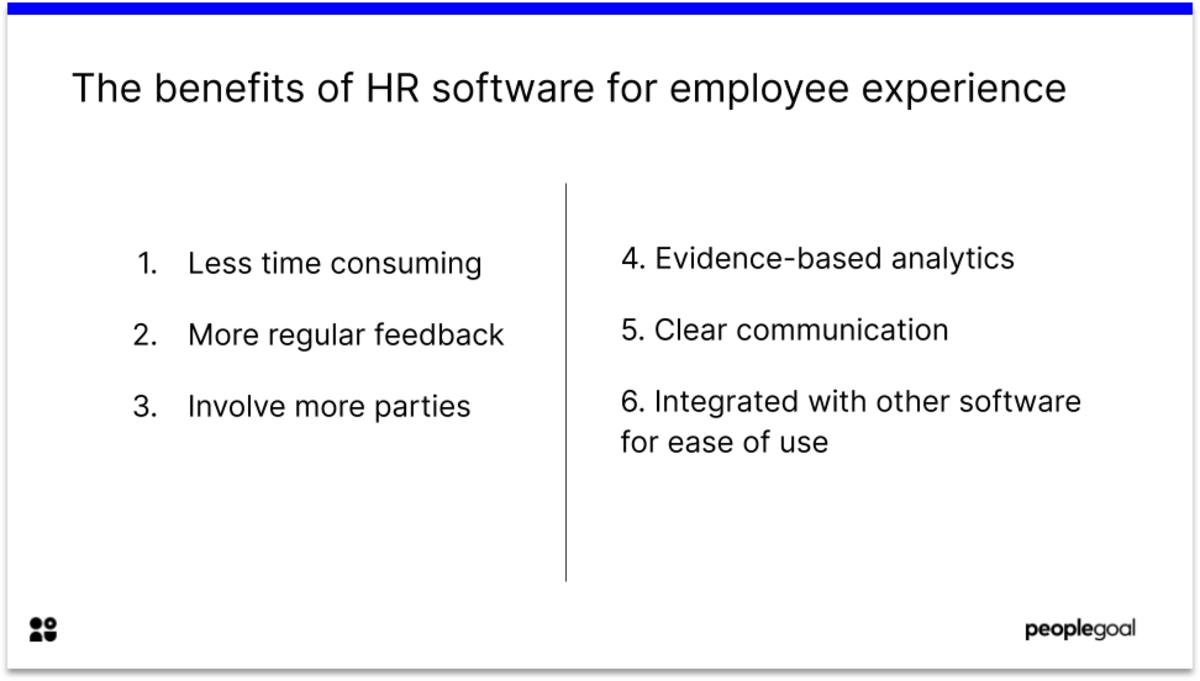
1) Performance reviews for better experiences
- 360 Feedback
- Make analyzing data from reviews easier
- Facilitate more regular feedback
Gallup research found that remote employees who received feedback a few times a week were over twice as engaged as those who received feedback once a year. The only way to realistically meet feedback demand is to use the right software. This means employees accomplishments do not go unrecognized, and constructive feedback is timely and effective.
👉 Read on for 6 examples of constructive feedback for performance reviews
2) Make use of analytics to improve employee experience
By using cloud-based software, you can develop detailed employee histories. You can then use this information to analyze areas for improvement. This helps HR teams to set long-term goals about what needs improving in your company.
Weekly pulse surveys are a useful feature which can help keep track of employee experience day to day. Surveys on wellbeing or diversity and inclusion can also pinpoint areas for improvement. HR software allows you to simplify this process so that surveys can be produced regularly. By giving them a voice in your strategy, employees feel reassured that the company values their point of view. You are more likely to create a supportive work environment.
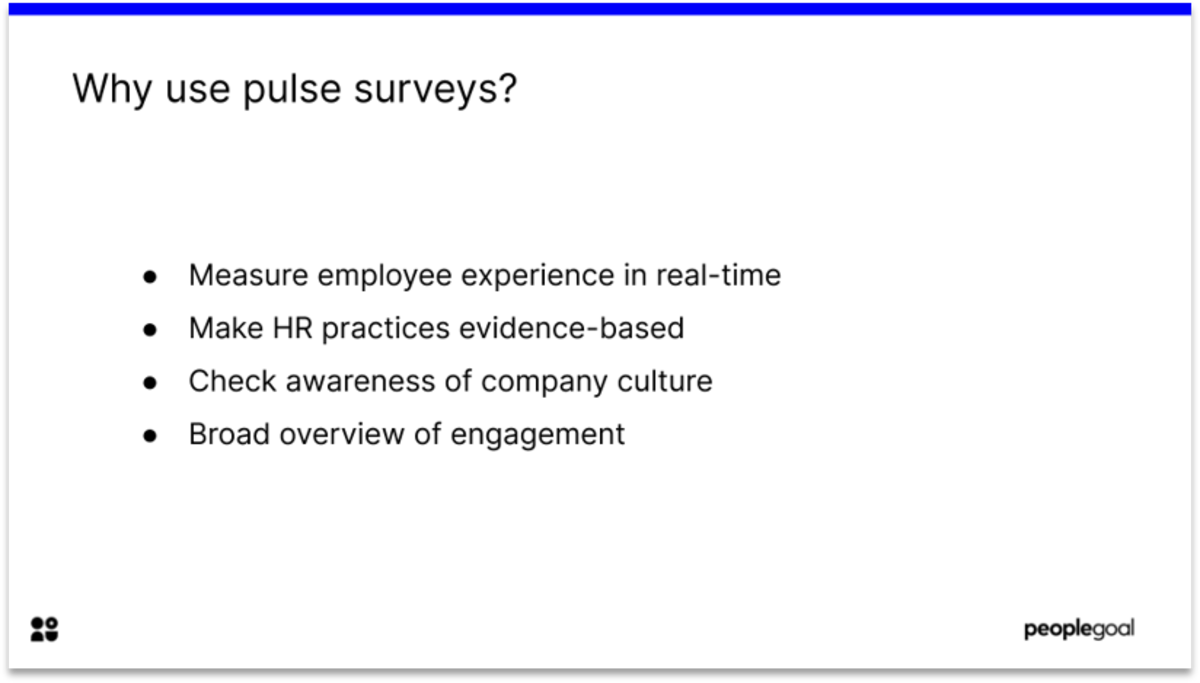
3) The Lifecycle : Onboarding
Surveys offer the wide-angle lens you need as HR professionals. But software can also help you streamline day to day processes of a company.
With work-from-home, many of your new hires will be experiencing a very different onboarding process. Excellent onboarding is known to reap rewards – improving employee engagement further down the line. Software can help ensure you do this right. Use checklists that ensure you are on track. New joiner surveys are really important too – check how your company culture aligns with the first impression of new hires.
4) Learning and Development
According to totaljobs two thirds of employees leave their jobs due to a lack of learning and development opportunities. A clear development plan helps employees see where there are areas for growth. Keep track of one-on-ones – software can ensure that any points are marked in the calendar, so managers won’t forget when they need to check back in.
Setting SMART targets on cloud-based software means managers and employees can hold each other accountable – without the need for piles of paperwork.
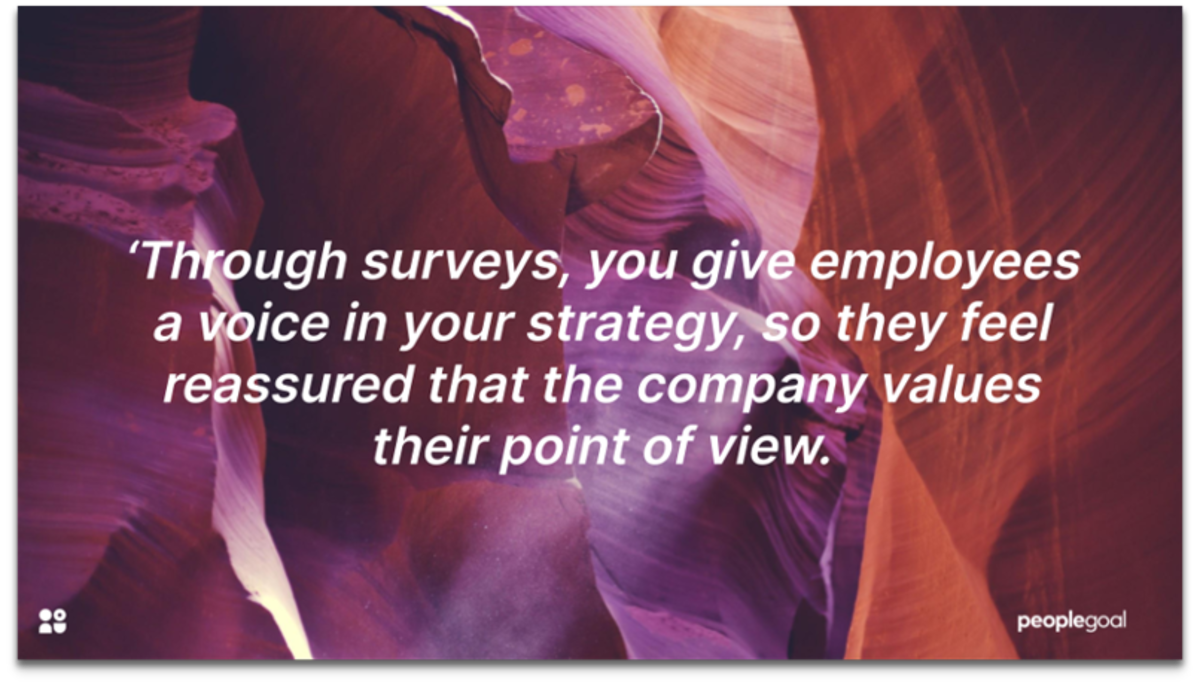
The next steps
Software can help make HR efforts more evidence-based. Compiling responses to pulse surveys provides a broad view and gives you the data you need to take the next steps. Software can facilitate regular feedback. It joins up the dots in your company through clear workflows and opens up communication. The rest is up to you – how you listen to employee voices and make changes can transform employee experience.
To learn more about how the right software could advance your HR strategy – book a demo with PeopleGoal today.
Ready to 3x Your Teams' Performance?
Use the best performance management software to align goals, track progress, and boost employee engagement.



